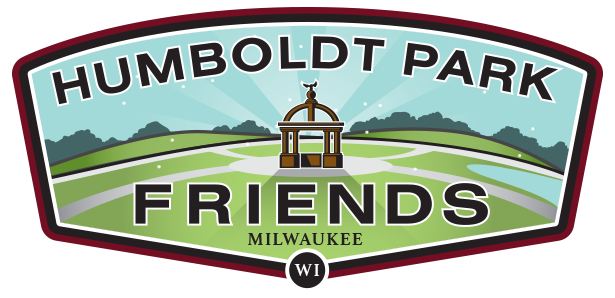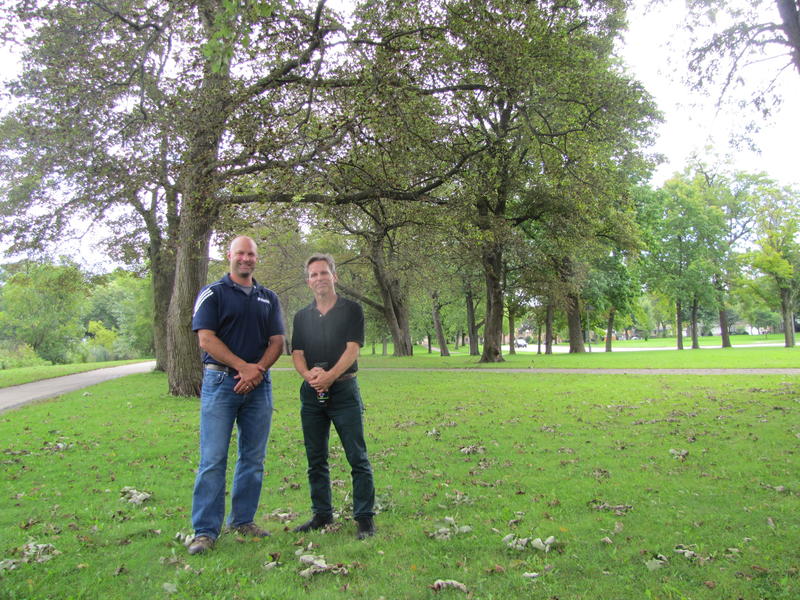Ramsey Radakovich, a certified arborist, and Milwaukee County Parks deputy regional operations manager says five of Humboldt Park’s surviving 26 ash trees are being treated.
With so many trees to tend to, he’s forced to be selective. When deciding which ash tree to treat, safety comes first, followed by environmental function (the importance of the tree to its surroundings) and then aesthetics.
“To a lot of park goers, aesthetics is number one,” Ramsey says. “But, ultimately, the way we look at it: If you can’t have a safe park because trees are falling down around you, aesthetics have to kind of sit.”
When trees have to be removed, he says it’s important to replace them with a variety of species to strengthen the canopy’s resiliency.
“We’re taking into account global climate change so we’re looking at southern species that adapt — we’re trying to add more of those species,” Ramsey says. Those species include Chinkapin oak, Sycamore, and Redbud.
But Ramsey isn’t able to replace every lost tree with a new one. While Friends Groups — groups that work to promote and enhance their neighborhood parks — help plant more trees, that’s still not enough.
“Humboldt Park Friends we’ve done annual plantings around Earth Day and Arbor Day, but when you start taking out bigger trees even one tree to replace it is not going to make up for that,” he says.
http://www.wuwm.com/post/how-healthy-milwaukee-s-urban-canopy#stream/0

